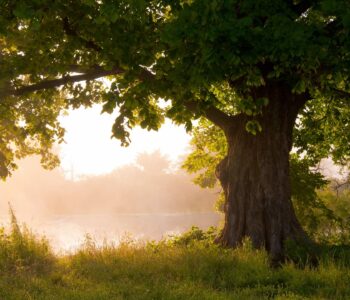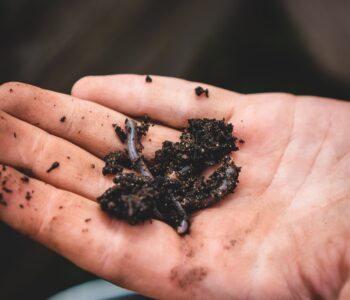 Nature Activities for Kids
Nature Activities for Kids
Trees on the Trail
One thing you see a lot of while hiking is fallen trees. These provide a great opportunity for learning about nature. The next time you stumble across one while walking or hiking, take some time to investigate it with your child.
Look for signs of the decaying wood being eaten. The holes and tunnels you see are made by many different creatures including sow bugs, carpenter ants, beetles, milipedes and many more. Fallen trees are food for these creatures and are and important part of the food web know as the Detritus Cycle.
Many animals use them for hiding places to avoid predators and for shelter from harsh weather. Just a few of these animals are rabbits, turtles, raccoons, wood turtles, box turtles, shrews, voles, salamanders and even ladybugs.
Decaying logs also provide food for other creatures, most notably, woodpeckers. They eat the insects that are eating the wood. Other animals you may see on logs looking for food are spiders, beetles, nuthatches, warblers, turtles, chipmunks and mice.
Fallen trees make great places for animals to have and raise young. Many different insects such as as spiders, beetles, caterpillars and bees use them for this purpose.
When you think about it, one fallen log in a forest plays a very important and vital role for so many different animals. It is part of a community. You can discuss this with your child and help him/her understand the relationships between living creatures. Compare it to our dependence on other creatures for food, shelter, etc. and how humans depend on things in our community.
